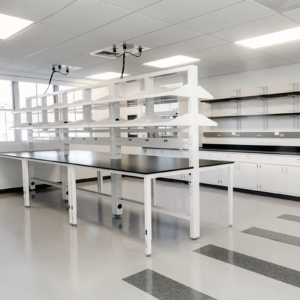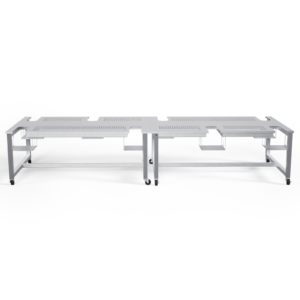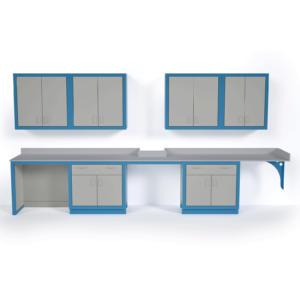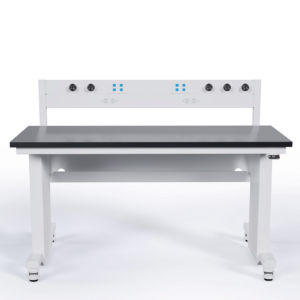Non-Fatal Laboratory Accidents Were Up in 2023 Compared to 2020.
In a worrying trend, newly released data compiled in the Survey of Occupational Injuries and Illnesses from the Bureau of Labor Statistics (BLS) shows a marked increase in non-fatal accidents in laboratories and related workplaces during 2023 as compared to 2020.
For example, employer-reported accidents in Medical and Diagnostics Laboratories (NAICS code 6215) rose from 2 recordable non-fatal accidents per 10,000 workers to 8.6 non-fatal accidents in 2023 – a 430% increase.
(NOTE: Additional data on fatal accident outcomes will be available on December 19, 2024.)
| Industry | NAICS Code | Total recordable cases (per 10,000 workers) | Cases with days away from work | Cases with days of job transfer or restriction | Other recordable cases |
| Testing laboratories | 54138 | 1 | 0.4 | 0.2 | 0.4 |
| Other scientific and technical consulting services | 54169 | 1.4 | 0.2 | 1.0 | – |
| Other professional, scientific, and technical services | 5419 | 39.5 | 6.3 | 5.6 | 27.6 |
| Medical and diagnostic laboratories | 6215 | 8.6 | 1.5 | 1.6 | 5.5 |
2023 non-fatal occupational injuries and illnesses in different laboratory or related workplace settings (per 10,000 full-time equivalent workers). Note: this data excludes fatal injuries.
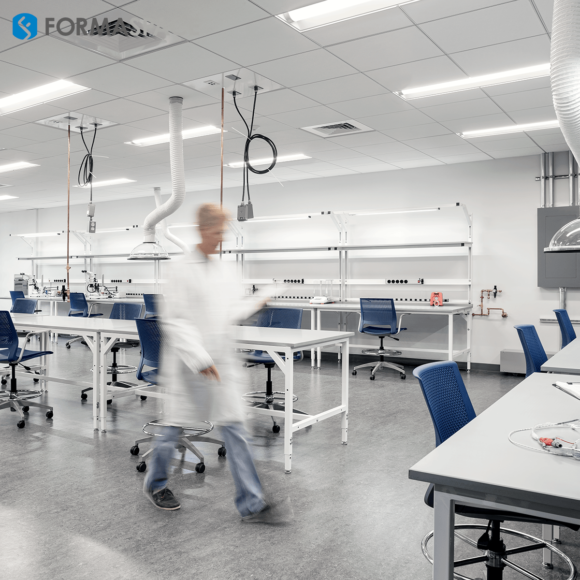
Safe Handling of Dangerous Pathogens in the Laboratory is a Major Concern – Are New Regulations Needed?
Since the outbreak of the COVID-19 pandemic, academics and regulators have also been scrutinizing whether existing regulations and ongoing oversight of laboratories handling dangerous pathogens need to be tightened.
One of the big concerns is preventing a lab leak in which work by researchers investigating pathogens (such as viruses that harm humans) accidentally gets released into the community.
The type of research in question (which involves testing artificially enhanced pathogens to see how likely they are to, for example, lead to a dangerous epidemic) is collectively known as “gain of function research” but now is also referred to as PEPP (pathogens with enhanced pandemic potential.)
The Biden administration issued new oversight rules scheduled to go into effect May 6, 2025,* that would clarify the safe handling of biological agents, particularly those investigations labeled as of “Dual Use Research of Concern” (DURC), e.g. experiments that could add to our scientific knowledge but could also lead to great harm to public health and safety, as well as to agriculture, livestock, and the environment.
*Time will tell if the incoming Trump administration will alter or rescind these new regulations.

Design a Safer Laboratory Environment – Keep Up to Date with the Newest Changes to the NIH Design Requirements Manual (DRM)
The NIH has also updated its laboratory Design Requirements Manual (DRM) throughout 2024.
Laboratory professionals, architects, designers, and space planners should familiarize themselves with the new updates.
The current version, last updated on August 6, 2024, is designated as DRM Revision 2.1.
Within the document, the following chapters (signified with green page headings) have been updated (as of the date of publication of this article), with the NIH promising to deliver additional chapter updates on a rolling basis:
- Chapter 2: Planning and Programming
- Chapter 3: Civil Engineering and Site Development
- Chapter 4: Architectural Design
- Chapter 5: Structural Design
- Chapter 9: Fire Protection and Suppression
- Appendix E: Construction Document Submission Requirements
- Appendix J: Research Facilities Questionnaires

What is a Good Laboratory Safety Culture, and How Can You Create it at Your Facility?
How can you make your laboratory safer?
The best approach, according to lab safety expert Dr. Jim Kaufmann, founder of the Laboratory Safety Institute (LSI), is to instill the importance of lab safety at all levels of the organization, starting with the senior leadership who need to lay down the law that Lab Safety is Job One!
Kaufmann has also identified four specific, actionable aspects of a successful lab safety culture, which he calls the 4 C’s of Lab Safety:
· The 4 C’s of Lab Safety
1. Choices
Lab safety is about setting priorities – essentially making conscious choices – that prioritize safety ahead of all other competing priorities. Kaufmann points out that for this to be effective requires an absolute commitment from senior leadership.
2. Consequences
If any employee goes against the organization’s safety guidelines, there need to be well-understood consequences for these unapproved actions, such as immediate termination or expulsion of the individual not following the safety rules.
3. Convincing
Senior management of the laboratory must take it upon themselves to be convincing by taking proactive stances that demonstrate they take lab safety seriously throughout the organization.
4. Caring
There is more to lab safety than just following the rules because you have to. Instead, every member of the organization needs to adhere to proper safety protocols because they recognize the importance of caring about the well-being of themselves, their fellow colleagues, and the surrounding community.
To learn more about creating a safety culture at your lab facility, we recommend investing in a copy of the three-volume set of books published by Kaufman’s organization titled Learning by Accident that draws on serious life and death “lessons learned” from the investigation of over 1,500 laboratory accidents.
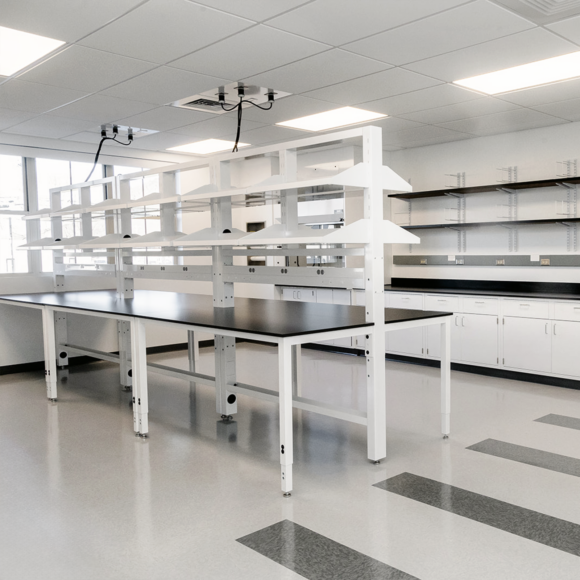
Create a Comprehensive Safety Plan for Your Laboratory and Practice Emergency Accident Responses
Now is a good time to create, revise, or update your laboratory safety plan for 2025.
Here are four key points to consider when developing a safer laboratory environment:
- Select a dedicated, independent safety and compliance lead who is responsible for overseeing lab facility planning and operations.
- Develop a written safety plan and train all members of the organization to understand and adhere to the safety guidelines.
- Create laboratory environments that are clean, well-organized, properly lit, and offer good ergonomics for the laboratory workers.
- Equip the laboratory with correct safety equipment and test it regularly with realistic drills to make sure all items, including eyewash stations, showers, and fire safety equipment, are ready for an emergency.
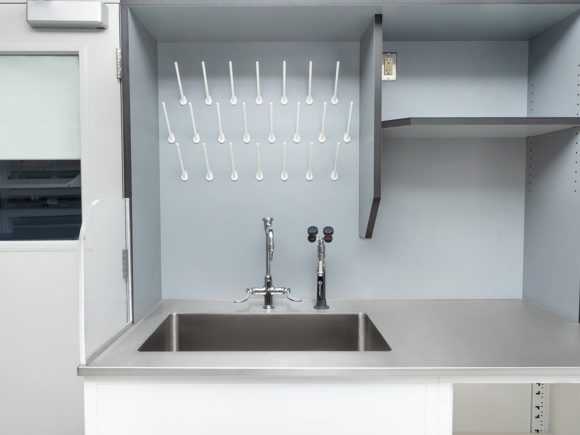
Formaspace is Your Laboratory Research Partner
Lab. Industrial. Workplaces. It’s in our DNA.
Talk to your Formaspace Sales Representative or Strategic Dealer Partner today to learn more about how we can work together to make your next furniture project for labs, industrial spaces, or higher education a success.





